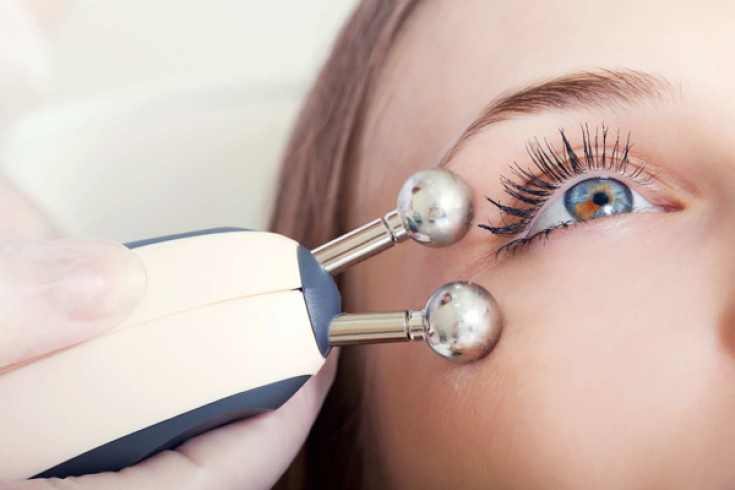Dozens of different procedures, ranging from relatively non-invasive approaches to those that are quite invasive, can rejuvenate the skin of the face.Some of these, including blepharoplasty and facelifts, have been used for decades for loose, excess eyelid skin and faces.
The number of botulinum toxin injections, microdermabrasion, soft tissue augmentation, chemical peels and laser procedures is increasing every year. For most treatments, the duration of benefit is not known, but is usually measured in months or years, and the risks are not quantifiable.
The estet-portal.com article presents key features of the most common facial rejuvenation methods.
Option #1: Botulinum toxin
Muscle hypertonicity creates dynamic changes that appear as furrows (wrinkles) on the forehead and glabellar area. Decreased muscle tone can reduce these manifestations. Two antigenically distinct botulinum toxins (type A and type B) that block muscles through neurotoxic effects are commercially available.
Because the answer is subjective, there is no exact quantification; however, available data suggest that at least moderate improvement occurs in 50-75% of treated patients.
To maintain the effect, three treatments per year are required.
Reliable long-term efficacy and safety data are lacking, and the long-term effects of muscle re-denervation remain uncertain. Good technique is essential for optimal results and safety.
Follow us on Telegram
Option #2: Skin fillers
More than 40 filler substances are used for soft tissue augmentation, which are used to treat coarse (deep) wrinkles and non-dynamic furrows. Injectable bovine collagen, hyaluronic acid are available.
Option #3: Instrumental Methods
Benign vascular proliferations, including linear telangiectasia, angioma, which often occur with aging and skin photodamage, respond to various laser procedures.
Cryosurgery and electrosurgery may be effective for a limited number of pigmented lesions (eg, seborrheic keratosis and lentigo) and can remove actinic keratoses as effectively as lasers.

Microdermabrasion involves the use of a closed negative pressure system to deliver and remove aluminum oxide or sodium chloride crystals from the skin, which mechanically abrade (sand off) the superficial epidermis. Small uncontrolled studies, patient opinions, and histological data suggest that microdermabrasion may improve photoaging slightly, but reliable data are not available.
Very clear skin: why mechanical peeling is needed
Controversial effectiveness
Many topical or oral preparations containing vitamins C and E, coenzyme Q10, bioflavonoids, fruit extracts, kinerase (N6-furfuryladenine), beta-carotene and other antioxidants, and green tea extracts have been proposed for the treatment and prevention of photoaging . There is no evidence to support these claims.
Thinning of the skin, a decrease in collagen, and an increase in skin dryness often accompany menopause.
Hormone replacement therapy may be associated with a slight increase in skin collagen thickness and mechanical and water-retaining properties of the skin, with perhaps a slight decrease in wrinkle depth and skin dryness.
Although beta-carotene has been proposed as a systemic chemopreventive agent for non-melanoma skin cancer, the available evidence suggests it is ineffective. No data are available on the impact of other proposed prophylactic drugs, such as non-steroidal anti-inflammatory drugs and statins, on the risk of developing non-melanoma skin cancer.
The American Academy of Dermatology has published guidelines for the care of actinic keratoses and photoaging that emphasize the importance of sun protection but do not recommend specific treatments.
Thank you for staying with estet-portal.com. Read other interesting articles in the "Cosmetology" section. You may be interested in Nutraceuticals in the fight for youthful skin and body health







Add a comment